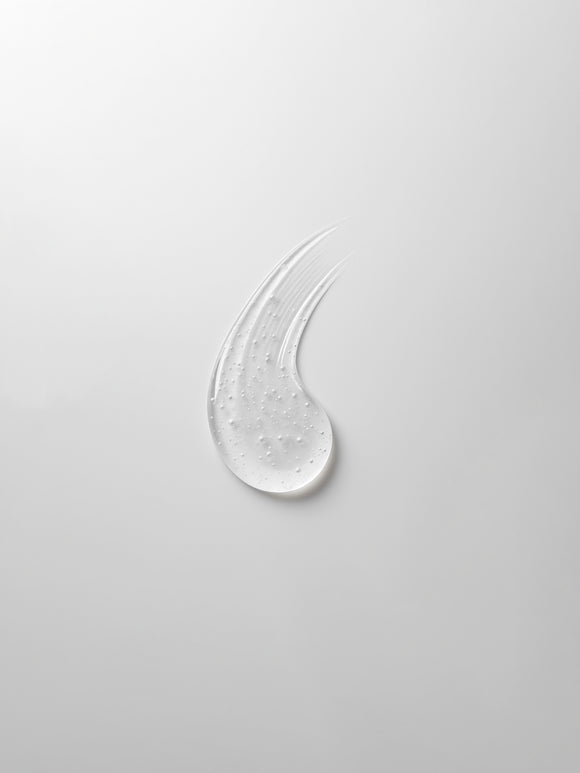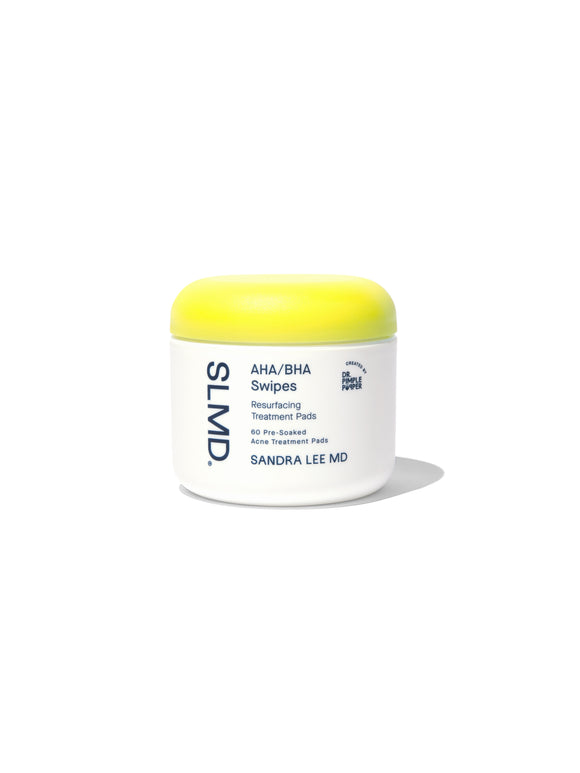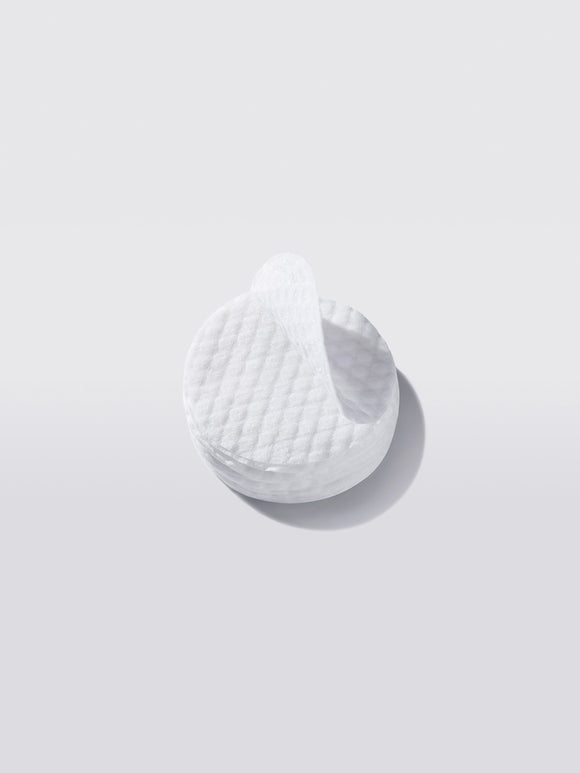
How to Adjust Your Skincare for Spring: A Dermatologist's Guide
A few simple swaps will help get your skin glowing as the weather warms, says Dr. Pimple Popper.Published:
3 minute read
With signs of springtime all around, it’s time to start swapping winter’s ultra-rich creams and dry-skin soothers for lightweight, hydrating products. To make the transition seamless, board-certified dermatologist Sandra Lee, MD (aka Dr. Pimple Popper) shares her top recommendations based on her cleanse, treat, moisturize philosophy.
What happens to our skin in springtime?
Our skin is incredibly adaptable: as the seasons change, it naturally adjusts to maintain balance. However, these adaptations don't always happen fast enough — potentially leading to dryness, breakouts, and irritation.
As temperatures rise and humidity increases, skin naturally:
- Releases more water → Can lead to dehydration if not replenished
- Produces more sebum → Oily skin types may notice increased shine or breakouts
- Uses more antioxidants → Helps fight free radical damage from stronger UV rays
- Increases melanin production → A natural response to higher sun exposure
Dr. Pimple Popper's Spring Skincare Picks
These changes explain why skin can feel unbalanced and unpredictable during seasonal transitions. The key is to adjust your skincare routine accordingly to keep skin healthy and glowing.
Dr. Sandra Lee’s top tips for spring skincare
#1 Exfoliate gently
Winter can leave behind dry, flaky skin that dulls your complexion. Spring is the perfect time to gently slough off dead skin cells and reveal fresh, radiant skin.
Dr. Lee recommends using a combination of chemical exfoliants: oil-soluble beta hydroxy acids to clear pores and water-soluble alpha hydroxy acids to resurface skin. When used in moderation, these ingredients help prevent breakouts without stripping your skin of its natural oils.
If you're new to exfoliating, start with 1–2 times per week increase gradually as tolerated.
Try: SLMD Salicylic Acid Cleanser, AHA/BHA Swipes, Retinol Resurfacing Serum
#2 Switch to a lightweight moisturizer
As humidity increases, heavy winter creams may feel too rich — leading to clogged pores or excess oil. However, skipping moisturizer completely is a mistake. All skin types need hydration to support the skin barrier and prevent transepidermal water loss (TEWL).
Dr. Lee advises choosing lightweight, non-comedogenic moisturizers that hydrate without heaviness. Look for
hyaluronic acid, glycerin and aloe — ingredients that help skin retain moisture without clogging pores.
Try: SLMD Hyaluronic Acid Moisturizer, Facial Moisturizer w/Vitamin C
#3 Boost your antioxidants
Spring brings longer days and stronger UV exposure, increasing the risk of free radical damage. Antioxidants like vitamin C help protect skin from pollution, UV rays and premature aging while brightening your complexion.
Dr. Lee suggests incorporating an antioxidant-rich serum into your morning routine for extra protection against environmental stressors.
#4 Stay sun smart
With more time spent outdoors, daily sunscreen is non-negotiable. Even on cloudy days, UV exposure contributes to premature aging, hyperpigmentation, and skin cancer risk.
Dr. Lee recommends using a broad-spectrum sunscreen (SPF 15 or higher) and reapplying every 2 hours when outside. For added protection, wear hats and sunglasses and seek shade during peak sun hours.
Try: SLMD Daily Moisturizer with SPF 15
FAQs about transitioning your skincare for spring
Q: Do I really need to change my skincare routine for spring?
A: Yes! As weather shifts, so do your skin’s needs. Warmer temperatures and increased humidity can lead to more oil production, while more sun exposure means you need extra protection. Adjusting your products helps maintain healthy, balanced skin.
Q: How often should I exfoliate in spring?
A: It depends on your skin type. Oily and acne-prone skin may benefit from exfoliating 2-3 times per week, while dry or sensitive skin should stick to once a week. Always listen to your skin’s response, and to learn more, check out this blog.
Q: Can I stop using moisturizer if my skin feels oily in spring?
A: No! Even oily skin needs hydration. Skipping moisturizer can actually cause more oil production as your skin overcompensates for dryness. Instead, switch to a lightweight, non-greasy formula.

Dr. Lee's Last Word
Spring is the perfect time to reassess your skincare. A few small updates — like swapping expired products and adjusting how you cleanse and protect — can go a long way toward keeping skin balanced and healthy through the seasonal shift.





















